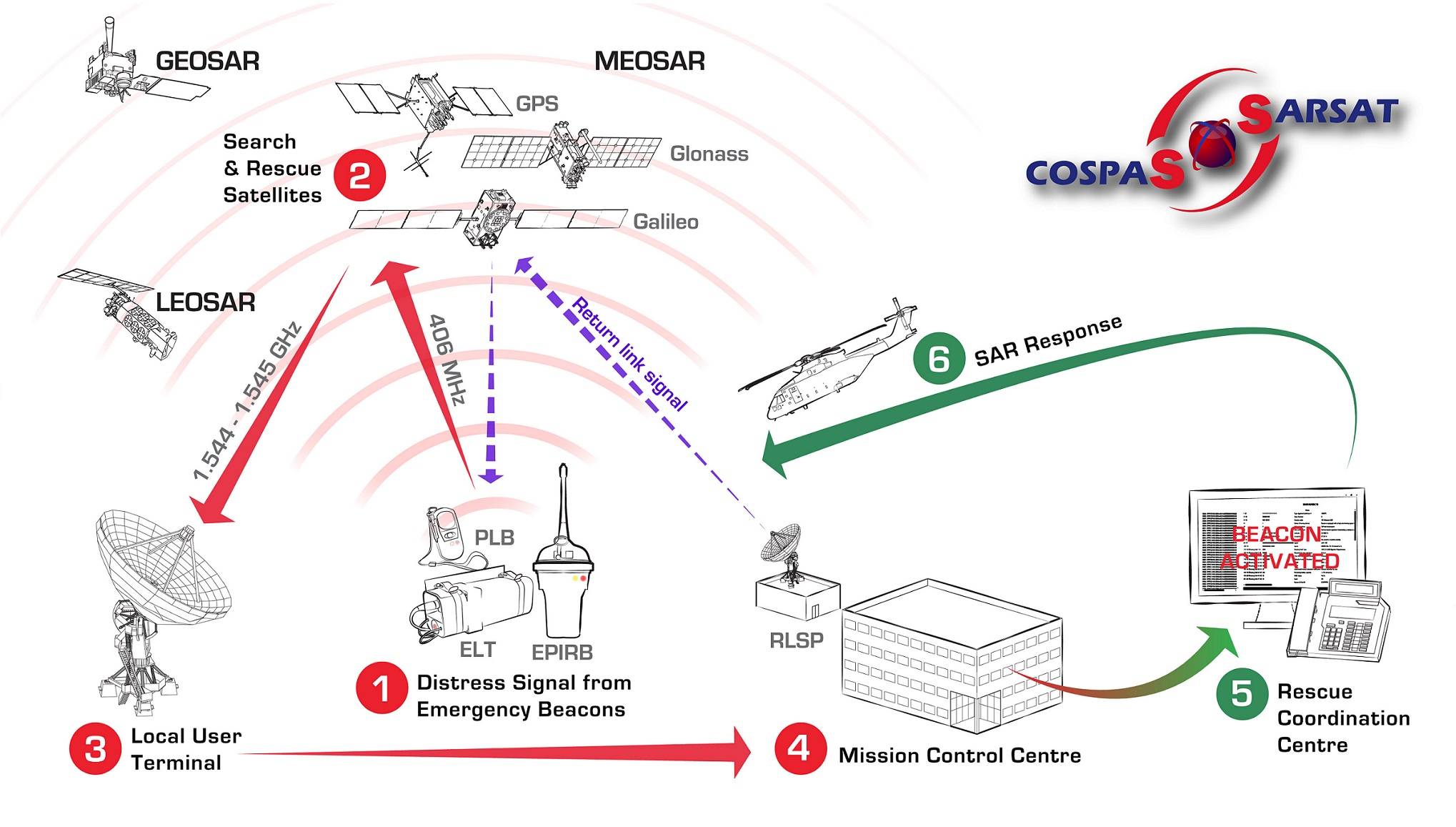
Some useful information provided by team members from the Nelson Rescue Helicopter at a recent briefing:
- If you need help, set off the PLB as soon as possible. Don’t second guess where or when might be best for the rescuers – that is up to them to work out. The signal goes to the Rescue Coordination Centre who will decide the most appropriate form of rescue, which may not always be a helicopter. If it is a helicopter, they have multiple ways of reaching you, including winching.
- Get yourself out of immediate danger, but don’t spend time or risk compromising an injury by trying to find a suitable place for a helicopter to land. Don’t wait until nightfall to make the decision to set off the PLB – although a rescue in the dark can be done, it is much more challenging for the rescuers.
- Avoid moving around too much once you have set off the PLB, as this just complicates things. However, if you need to move and you take the PLB with you, it won’t stop the rescuers finding you, as they will be able to see that the signal is moving.
- Once you have set off the PLB, make sure you keep your whole group safe. Ensure that everyone is warm, and has had enough to eat and drink. Be organised for when the helicopter arrives – avoid having too much unnecessary stuff lying around, and be aware of the risk of loose items being caught in the updraft.
- When you see/hear the helicopter approaching, make yourself as visible as possible. Wear and/or wave brightly coloured items. Do big waves with your arms to ensure they identify you as the party who need rescuing. Consider pointing towards where the person who needs rescuing is. You could allocate one group member to stand in an obvious place and do this role. At night-time you can flash a torch upwards, but avoid pointing it directly at the helicopter.
- Don’t be alarmed if the helicopter pilot gives you a wave and then flies away – they may need to go away and get themselves organised for winching. They will come back!
- The helicopter crew will make the decisions about who and how many people they take. There is even the possibility that one of them will stay behind if necessary.
- Don’t forget to think about practical things like ‘who’s got the car keys!’ You don’t want them to end up in the hospital with the injured person when the rest of the group still need to walk out!
One other interesting point was that the Garmin Inreach PLBs, while great for 2 way communication, are not as good as standard PLBs for locating a person who needs to be rescued. They send a signal via the States, and it is not as easy for rescuers here in NZ to use. The rescue helicopter has a device attached to it’s underside that receives the signal from the standard PLBs, but this doesn’t work with the Inreach devices. So if you have an Inreach device, it is probably worth still carrying a standard PLB as well. They said that in the near future there is likely to be a device that does 2-way communication and is also a good PLB, but that isn’t quite here yet.
Credit: Michele Cunningham

